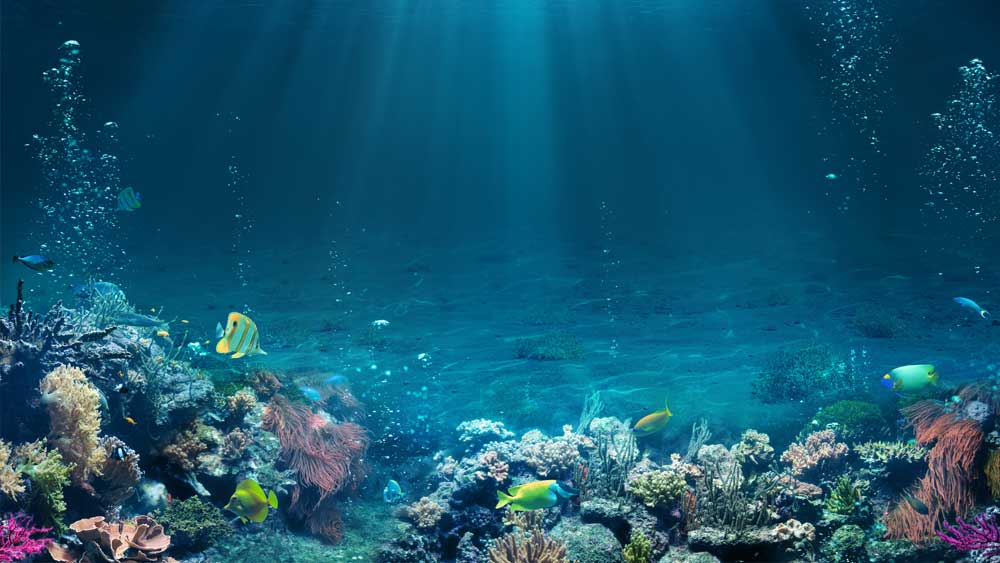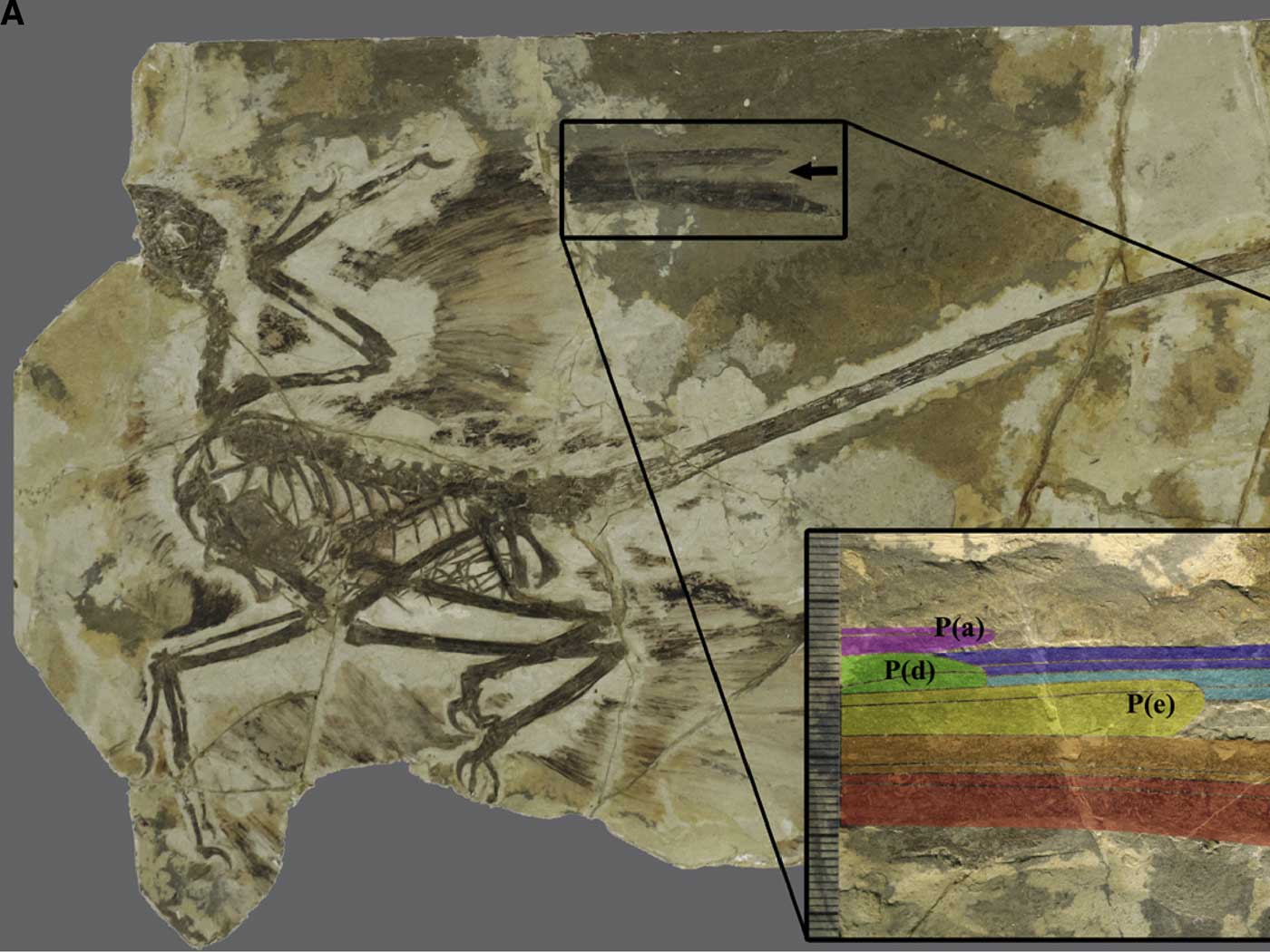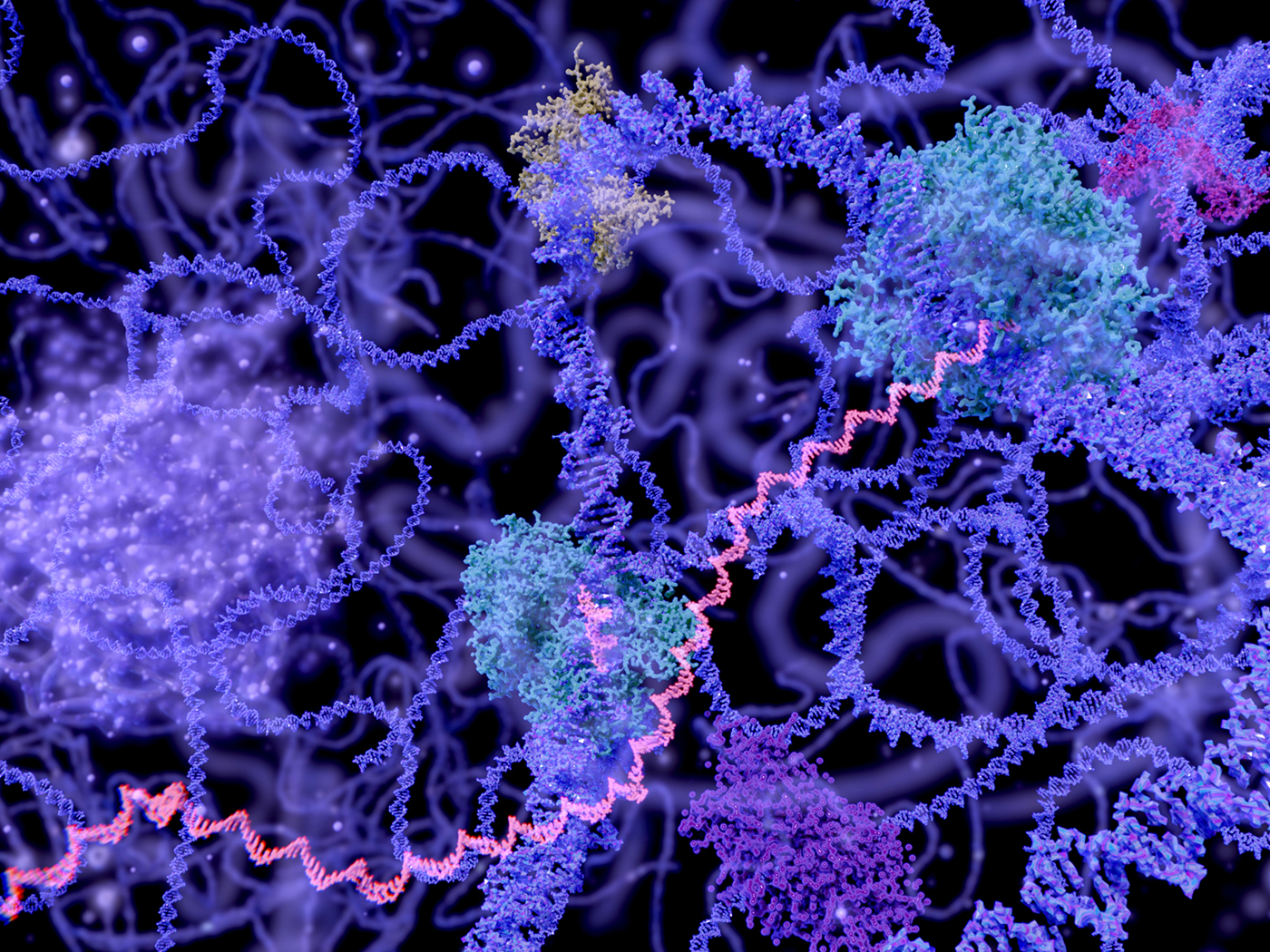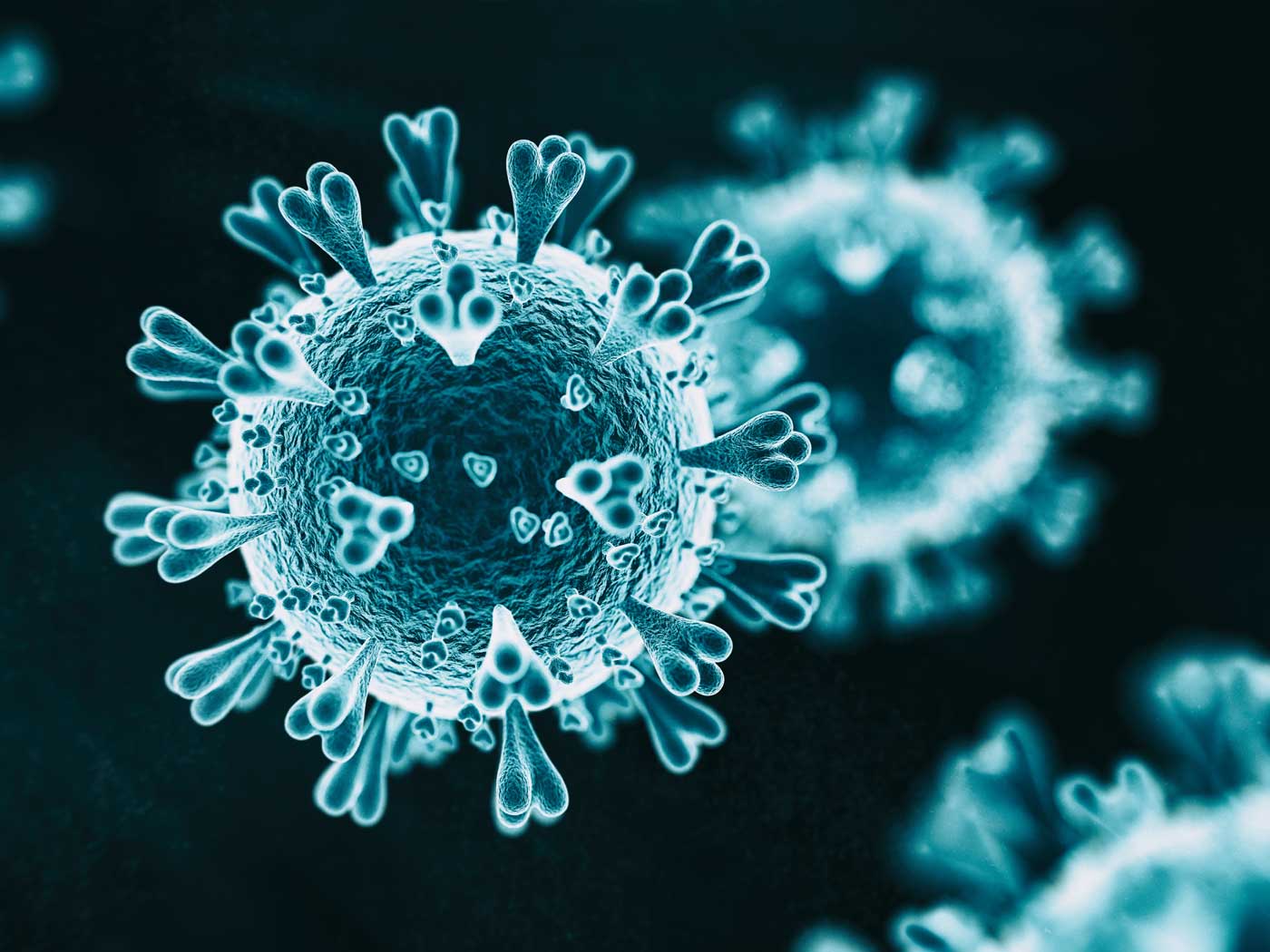A virus is a very tiny structure. In its simplest definition, a virus is some nucleic acid (either DNA or RNA) packed inside a protein coat. It is designed to replicate inside living cells. Not all viruses are bad, but the disease-causing ones such as COVID-19 get all the press coverage. Creation scientists believe viruses were created in the beginning and that many have undergone mutations (such as the flu virus) after the Curse.
Viruses are found everywhere, especially in the world’s oceans where their numbers can be astounding. In just 12 drops of surface seawater, there can be as many as 10 to 100 million per milliliter.1 Indeed, marine microorganisms (including viruses) make up about 70% of the oceanic biomass. All the tiny creatures together are called the marine microbiome.2 Biologists estimate marine viruses are in concentrations of approximately 3 billion per ounce of seawater. The carbon cycle is a critical part of Earth’s ecosystem and is the largest of all biochemical cycles. The microbial community plays an important part in the marine carbon cycle. It is an example of God’s design found in complex ecological interactions.
The oceans also have vast numbers of bacteria that are constantly reproducing in prodigious numbers. Their numbers would overwhelm the ocean in a relatively short time were it not for specially designed viruses called bacteriophages (or phages). Under a powerful electron microscope, many of the oceanic bacteria look rod-shaped, while the phages (called T-even or E. coli phages) look like tiny lunar landers with long spindly legs. Several dozen phages can cover a single bacterial cell. Bacteriophages are significantly smaller than these bacteria.
The phages are designed to land on the surface and inject their genetic material into the bacterial cell when the phage’s “legs” contract. Then the cellular machinery of the bacterium starts to produce more phages due to new instructions from the phage. In short time the bacterial cell breaks apart (lyses) releasing more T-even phages that go on to infect other oceanic bacteria. This is called the lytic cycle. In this way the levels of bacteria are controlled by these important phages (called femtoplankton).
There are also other kinds of microorganisms in the oceans called cyanobacteria (formerly called blue-green algae). This large and diverse group of bacteria contains the pigment chlorophyll and therefore can undergo the complex process of photosynthesis.3 Their vast numbers are also controlled by viruses called phycoviruses.
Taken together, we can see interactions of viruses with their hosts (bacteria, cyanobacteria, and even fish) in the marine ecosystem.4 They are all part of God’s grand design to keep the oceans healthy.
References
1. Garrison, T. and R. Ellis. 2016. Oceanography, 9th edition. National Geographic Learning, 399.
2. Sherwin, F. 2016. Applying design analysis to microbiome research. Acts & Facts. 45(2).
3. Sherwin, F. 2019. Photosynthesis: Clearly Designed from the Beginning. Creation Science Update. Posted on ICR.org August 13, 2019.
4. Middelboe, M. and C. Brussaard, C. 2017. Marine Viruses: Key Players in Marine Ecosystems. Viruses. 9 (10): 302.
*Mr. Sherwin is Research Associate is at ICR. He earned his master’s in zoology from the University of Northern Colorado.

An Ocean of Viruses
The Latest
A “Just-so” Story About Ancient Genes
An evolutionary website recently published “a groundbreaking study” that supposedly identifies a basic, uncomplicated, “simple”...
CREATION PODCAST
Dinosaurs with Bird Brains??? | The Creation Podcast: Episode...
Evolutionists claim that birds are descended from dinosaurs. A feature that is often cited as linking these two types of creatures is the brain....
CREATION.LIVE PODCAST
From Ruins to Revelation: Truths Revealed Through Biblical Archaeology...
The Bible is full of people and places that are seemingly lost to time, but through the field of archaeology, new finds are shedding light on the incredible...
Bergmann’s Rule Falsely Refuted
A recent study of dinosaur sizes claims to break Bergmann’s rule.1 Bergmann’s rule was named after biologist Carl Bergmann, who...
New Shark Fossil from Arkansas
The fossil record contains a plethora of shark teeth, but fossilized shark skeletons are exceptionally rare. When they are found, though, they are always...
Photosynthetic Proteins Power Plants
Some scientists think the photosynthetic process is all but figured out since the discovery of more details regarding the place, assembly, and function...
CREATION PODCAST
Uncovering the Secrets of Earth's Oceans | The Creation Podcast:...
The oceans cover most of our planet's surface. Uniformitarians claim the oceans are nearly 4 billion years old, but the evidence says otherwise.
Host...
A Giant Ichthyosaur: Largest Ever Marine Reptile?
Paleontologists have discovered portions of a giant ichthyosaur’s lower jawbone on Blue Anchor Beach at the southern entrance to the United Kingdom’s...
New Titanosaur Species Discovered in Uruguay and Argentina
The pre-Flood world had some truly massive dinosaurs, and the largest of them were in the group Sauropodomorpha.1 Within this group were...


























